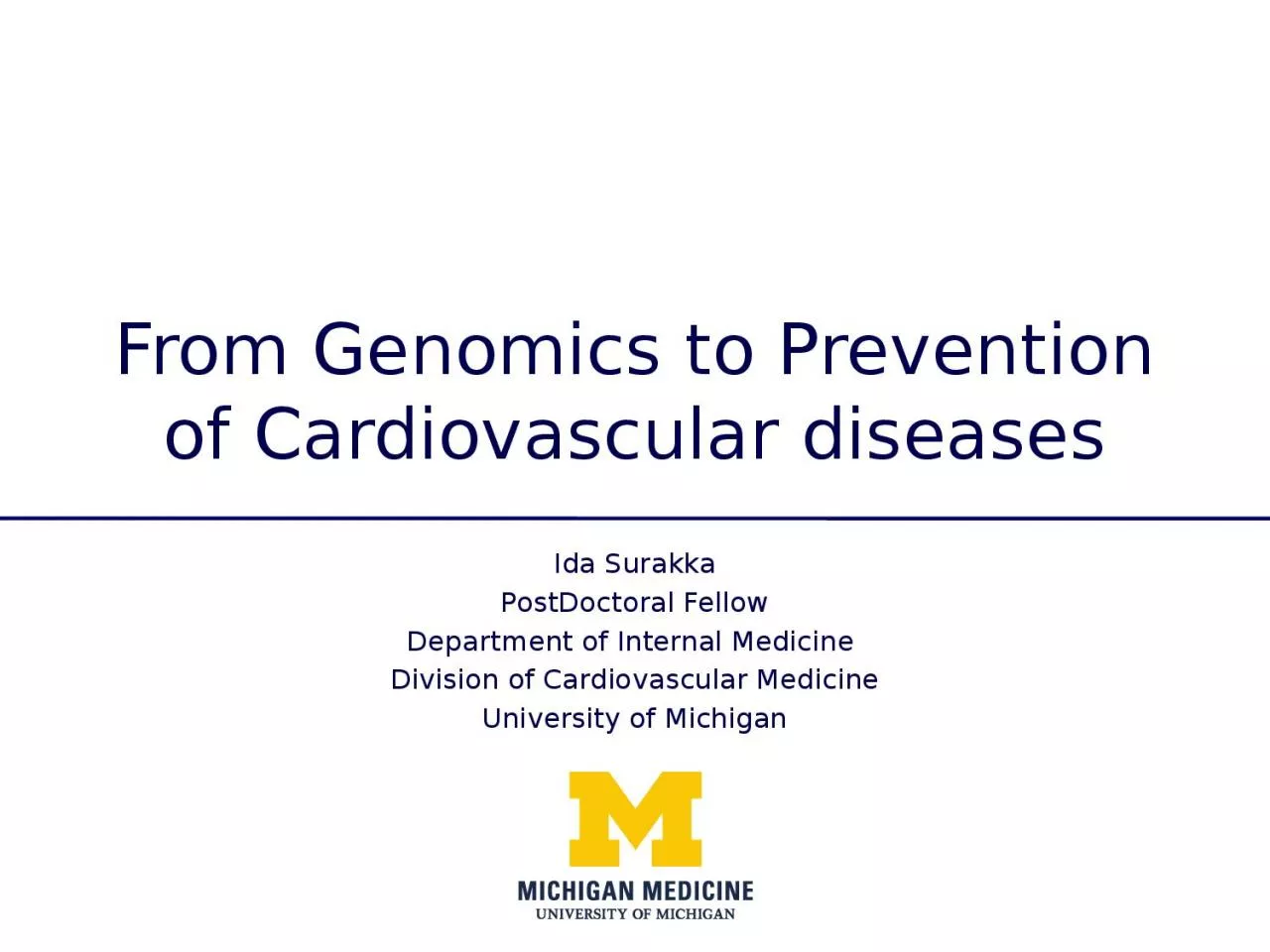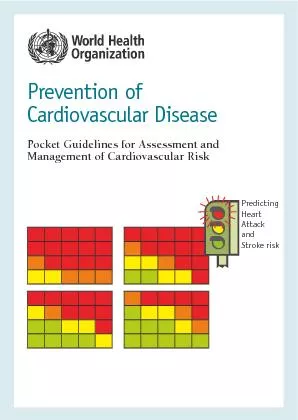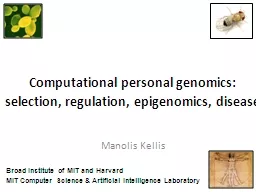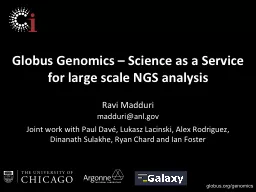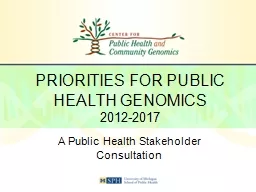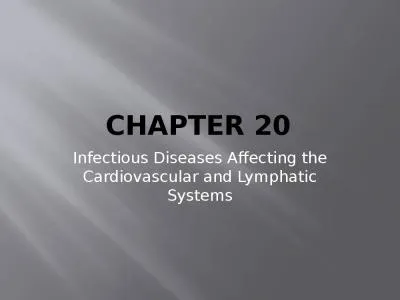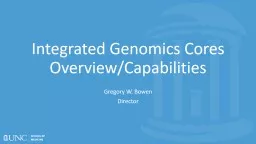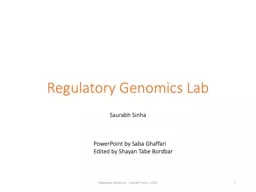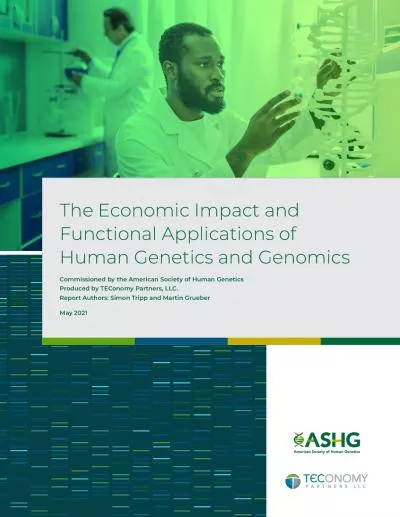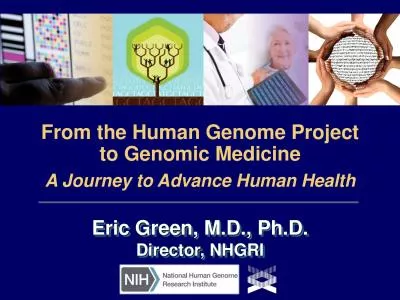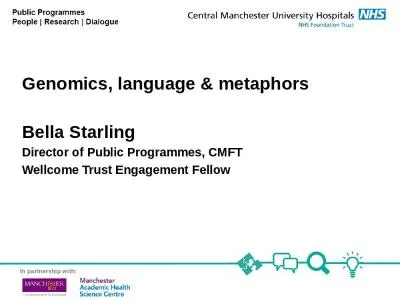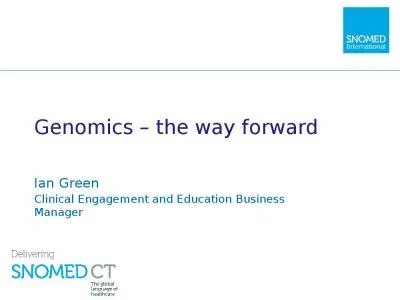PPT-From Genomics to Prevention of Cardiovascular diseases
Author : Tigerwoods | Published Date : 2022-08-01
Ida Surakka PostDoctoral Fellow Department of Internal Medicine Division of Cardiovascular Medicine University of Michigan Outline Background for complex diseases
Presentation Embed Code
Download Presentation
Download Presentation The PPT/PDF document "From Genomics to Prevention of Cardiovas..." is the property of its rightful owner. Permission is granted to download and print the materials on this website for personal, non-commercial use only, and to display it on your personal computer provided you do not modify the materials and that you retain all copyright notices contained in the materials. By downloading content from our website, you accept the terms of this agreement.
From Genomics to Prevention of Cardiovascular diseases: Transcript
Download Rules Of Document
"From Genomics to Prevention of Cardiovascular diseases"The content belongs to its owner. You may download and print it for personal use, without modification, and keep all copyright notices. By downloading, you agree to these terms.
Related Documents

